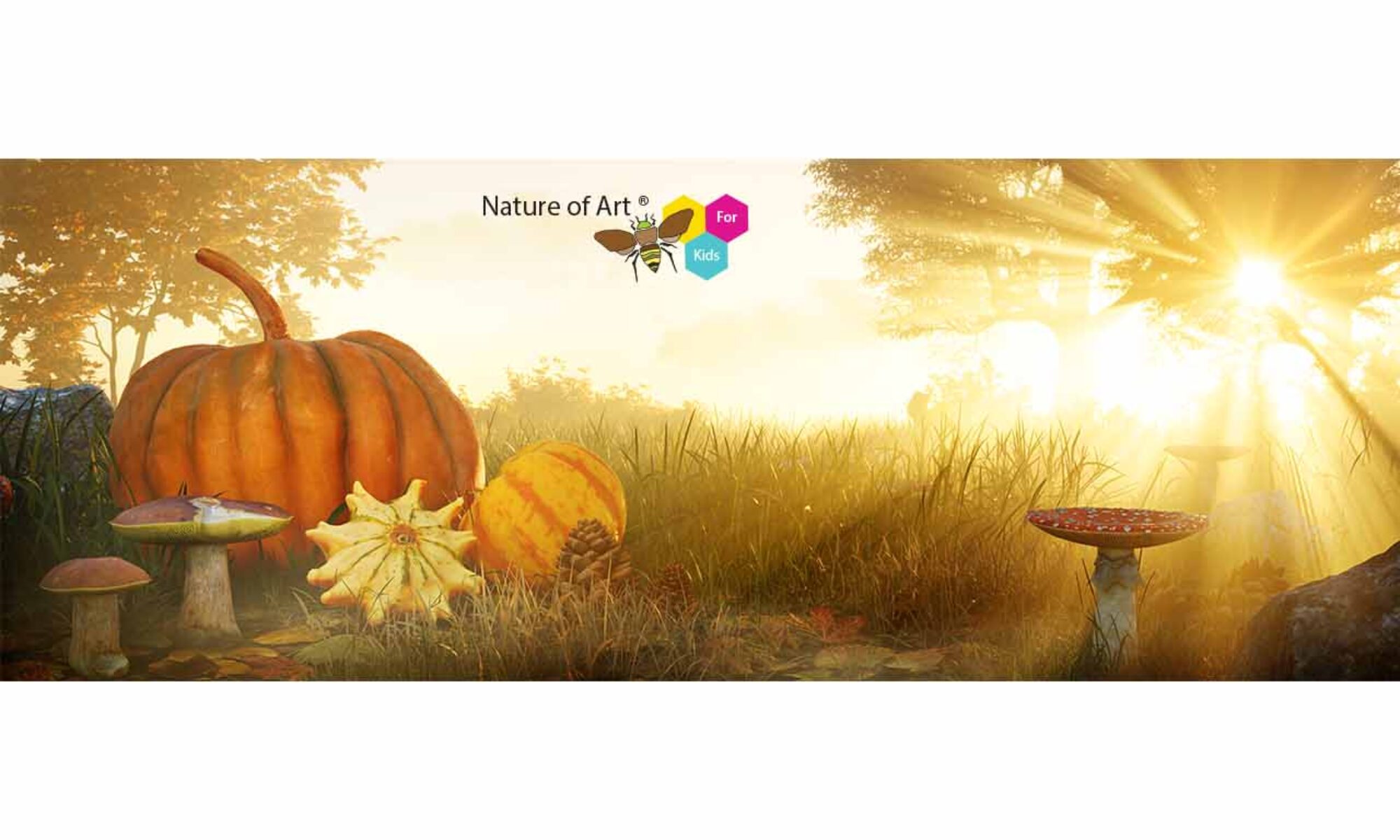
Not only is it important to teach young children how to create art, but it’s just as important to teach them how to use art language. Some people are surprised to learn that art has its very own language—the Elements of Principles of Design—that is used to describe art. Like many new subjects, it can be complicated to teach to young students, but I promise, there is a way to use Montessori early childhood art language in your classroom!
Art language has developed gradually over the history of mankind—more than 30 thousand years ago! Learning this abstract language can take a while to fully grasp, even for upper elementary students and adults—but the great news is that the original, abstract art language has been simplified over the last few centuries, so it’s much easier to use and understand.
Now, do I feel that early childhood students should start learning complex art terms when they’re just learning to talk and write? I don’t believe students, especially early childhood students, need to be taught art language in an academic sense, but I do recommend you to start introducing them to simple, easy-to-understand art terms through normal discussions. Montessori early childhood art language will become much easier to understand the more students are exposed to it, and for students in upper elementary, it can be weaved into art lessons and presentations.

Learning art language is the traditional way to study visual arts. The Elements and Principles of Design are what we study in the arts and what we use to describe visual dimensions in artworks. By teaching students Elements and Principles of Design terms, you’re helping them learn to communicate what they are creating, how they’re going through the artistic process, and what they see and admire in their and other artworks.

If you’re new to art language, practice using simple art terms yourself. Look at your favorite artworks and try to describe what you see in them. Bold warm colors? Jagged gray lines, flower shapes? I went to fine art school, and trust me, you don’t have to to become an artist to be able to use artful terms. You’re more than capable of teaching your students the basics! And the more comfortable you are with using art language, the more comfortable your students will become with it too.
Where to Start: Simple Terms for Montessori Early Childhood Art Language
Learning the Elements and Principles of Design helps us communicate in art language. There are many words in the art vocabulary that can be learned and used, but you should start with the very basic terms—especially with younger students.

Early childhood students are seeing and experiencing everything for the first time; they don’t quite understand how visual art fits into their little world yet—but they can still be introduced to art language! As they explore and start to really get to know what art is, using art language with your young students will become easier. More than likely, their inquisitive little minds will start making connections (like, “if I use this color paint, this paint brush, it’ll come out like this”), and they’ll probably start asking questions (such as, “what color is this?” or “why did this do this?”).
When you’re first introducing Montessori art language to your students, keep things basic and simple. Start by describing what you see when you’re looking at art or what’s going on as you make art.
One of the easiest ways to start using art language is to point out colors while reading to your students, try:
“The leaf is all green, would you like to color something green today like this leaf?”
“Let’s cut out some shapes, like circles and squares, with scissors.”
“Let’s make some squiggly lines and straight lines. How many different colored lines can we do?”
One Step Further: Download My Beginner Elements & Principles of Design Cheat Sheet
You might not realize it, but you’re probably already using some of the Elements and Principles of Design vocabulary words already! Some words, such as “color,” “line,” and “texture” are simple enough to use and understand when talking about art, but there are many other terms I’d encourage you to use too.
Download my Beginner Elements and Principle of Design Cheat Sheet for a list of Montessori early childhood art language terms. I’ve included definitions for each term as well, so you’ll feel more confident using them, knowing you’re using them correctly. In truth, these art language terms can be used in all Montessori classrooms, no matter how old your students are!
To download the Art Language cheat sheet, click here.
A Short Cut Just for You – Early Childhood Art Guide

Early Childhood Art Guide
Visual Arts Teaching Guide
for 13 Months – 6 Years Old
This book includes:
✅ My proprietary art teaching method
✅ The proper and complete list of art materials
✅ A guide for staging and setting up a successful art environment
✅ Tips and art lesson ideas for early childhood
✅ A convenient three-ring binder presentation

All rights reserved © 2024, Nature of Art®
No part of this blog may be used or be reproduced in any manner whatsoever including reproducing, publishing, performing, and making any adaptions of the work – including translation into another foreign language without written permission except in the case of brief quotations embodied in critical articles and reviews. Nature of Art® Publishing P.O. Box 443 Solana Beach, California 92075.


